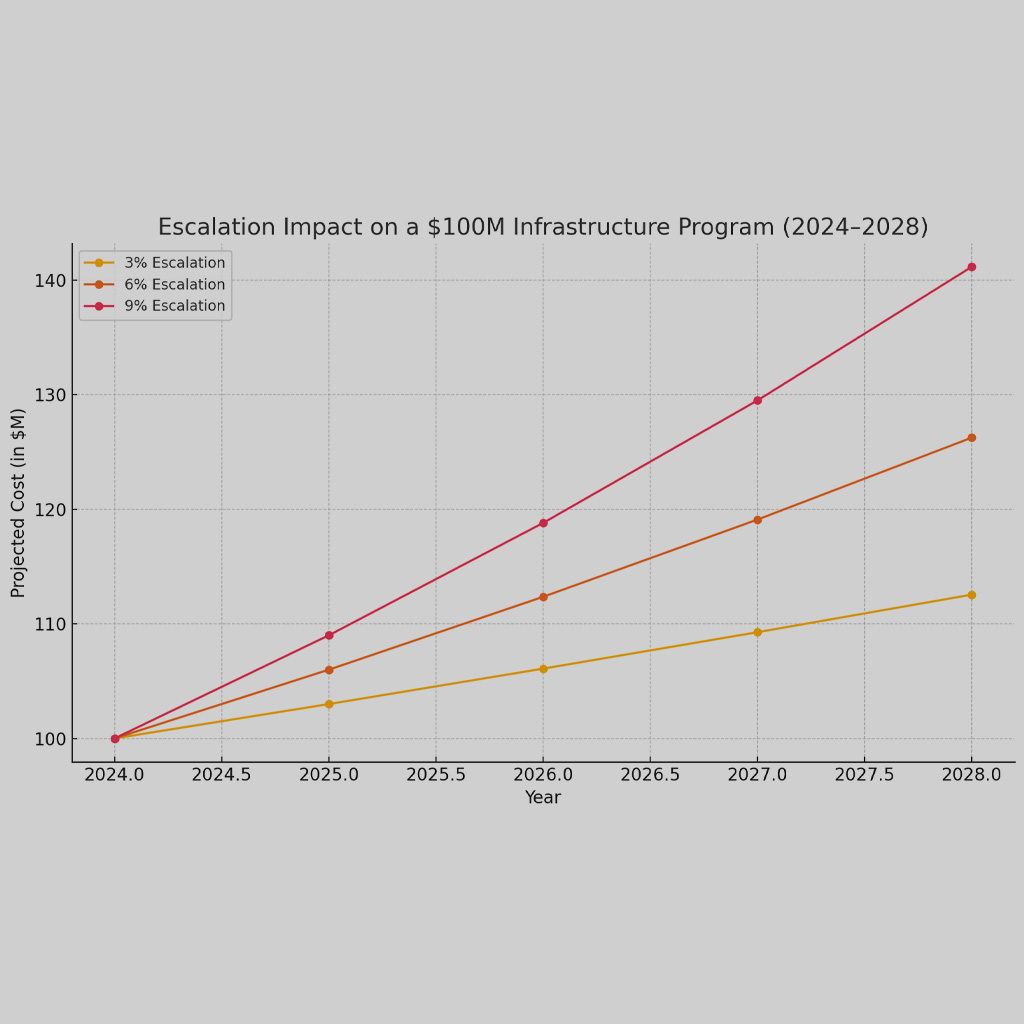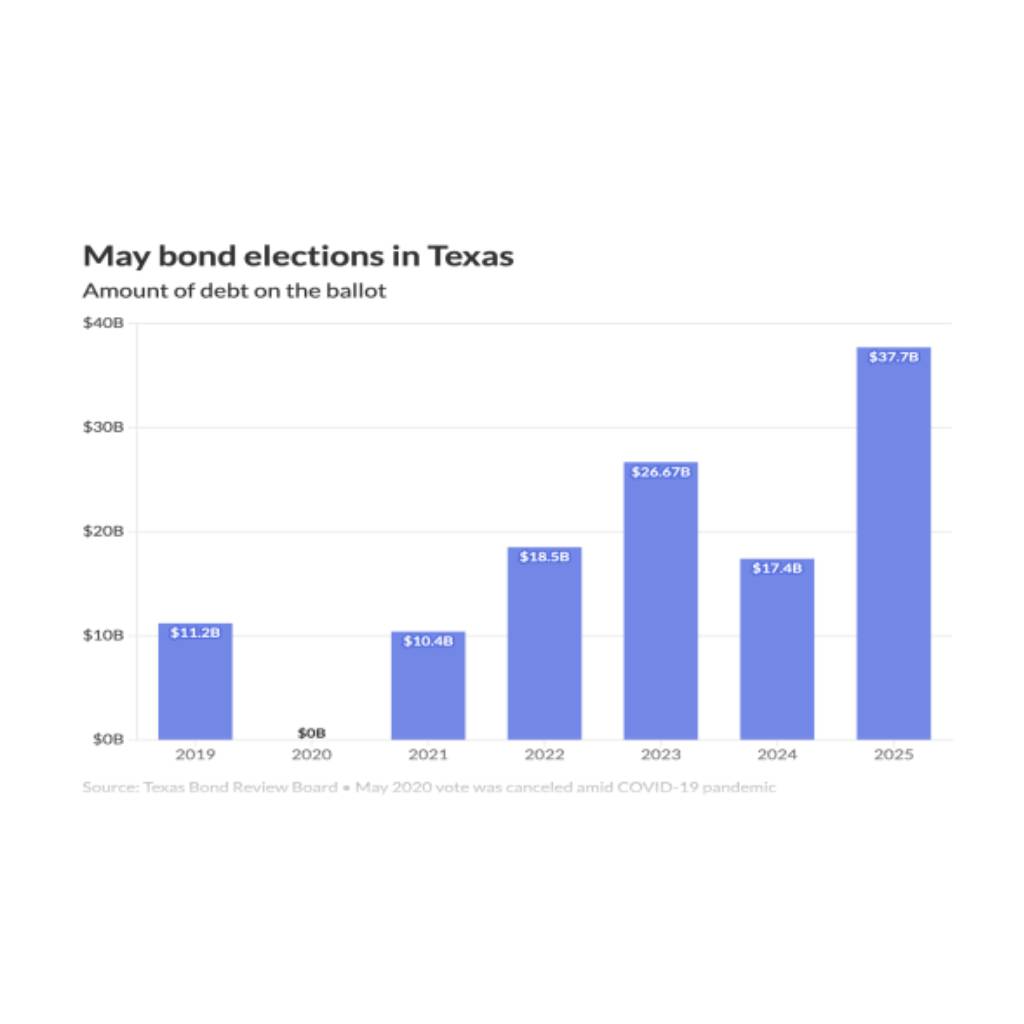A high credit rating can save taxpayers money when building new schools and funding large facility maintenance projects. Rating agencies assess a district’s creditworthiness based on revenue sources, expenditure levels, debt service coverage, overall debt burden, ability to repay debts, local economic conditions, and financial management practices. By understanding the impact of these factors on a district’s credit rating, school districts can take proactive steps to maintain a strong credit rating and ensure that taxpayers are paying less for their schools and maintenance projects.
Financial Stability
The district’s financial stability is evaluated based on its revenue sources, expenditure levels, and debt service coverage. School districts with a healthy financial reserve, 15 – 20% of the operating budget, on average received a rating one notch higher than those that have a history of dipping into their reserves to cover operating expenses.
Debt Levels
Rating agencies consider the district’s overall debt burden, including the amount and type of debt, as well as the district’s ability to repay its debts on time. Ratings agencies on average rate districts with debt exceeding 10% of its total assessed property value one notch lower than those with debt levels below this threshold.
It is important to note that there are two variables to consider here, debt amount and property value. If school districts do not issue bonds to pay for needed maintenance, the property value of the school will fall, so it is just as important to think about what impacts the value of our school properties.
Economic Conditions
Rating agencies evaluate the district’s ability to maintain its financial stability in light of broader economic conditions. A strong local economy can positively impact a school district’s credit rating, as it can increase the district’s tax base and reduce the risk of revenue volatility. School districts located in areas with strong economic growth had an average credit rating one notch higher than those located in areas with weak economic growth.
Management Practices
The agency considers the district’s financial management practices, including its budgeting, accounting, and debt management practices.Effective and transparent financial management practices can positively impact a school district’s credit rating, as they demonstrate a commitment to good governance and financial stability. School districts with strong financial management practices received an average credit rating one notch higher than those with poor financial management practices.
It is important for school districts to maintain strong financial management practices and to work to maintain a strong credit rating, so taxpayers are paying less for their new school and maintenance projects.
At @Front Line Advisory Group, we provide program management consulting services for capital improvement bonds. We are revolutionizing the construction industry and transforming client expectations by obsessing over the basics of budget oversight, schedule enforcement, compliance, vendor management, and stakeholder communication. Contact us for more info at info@frontlineadvisorygroup.com.













